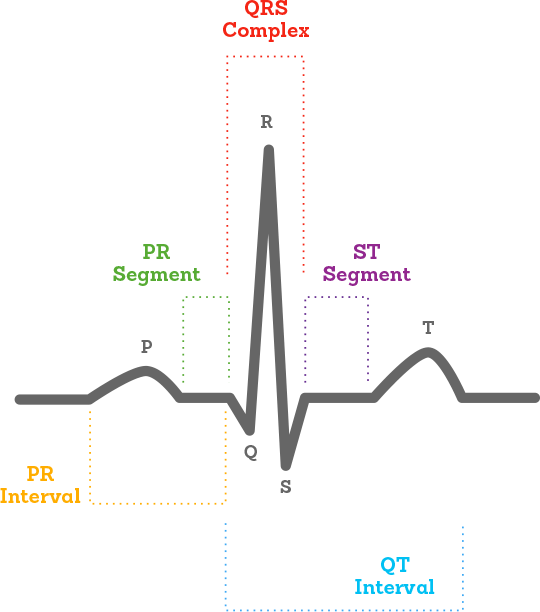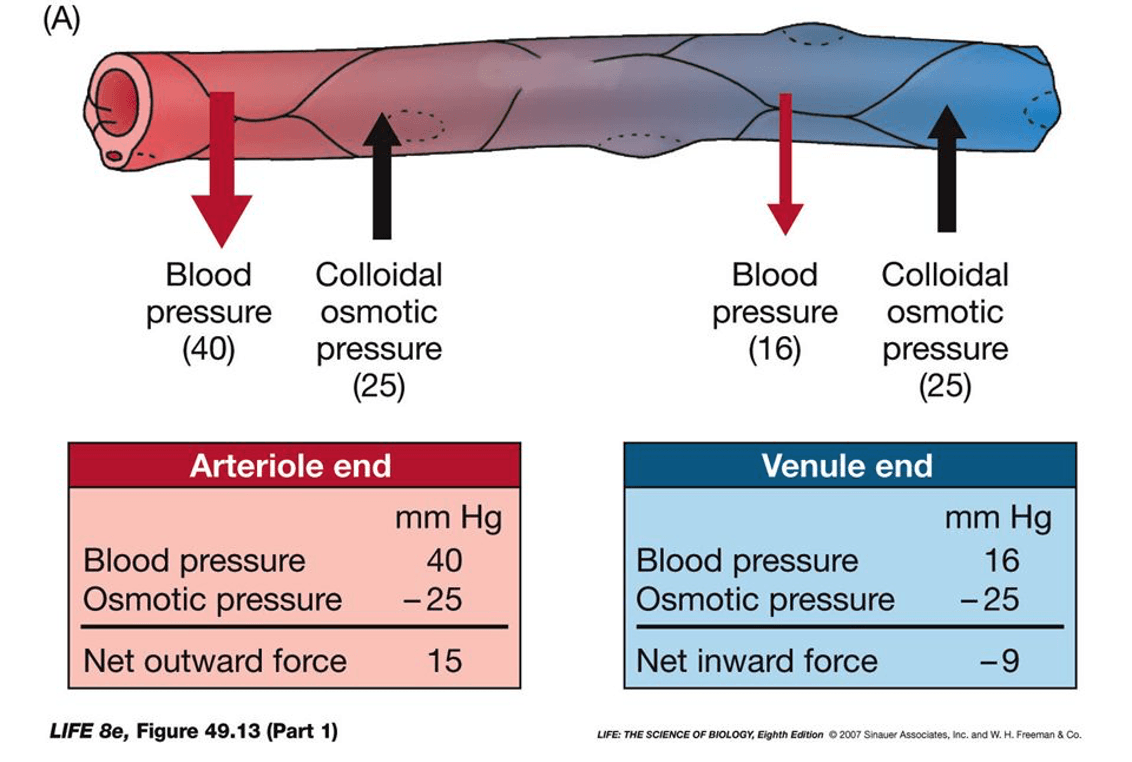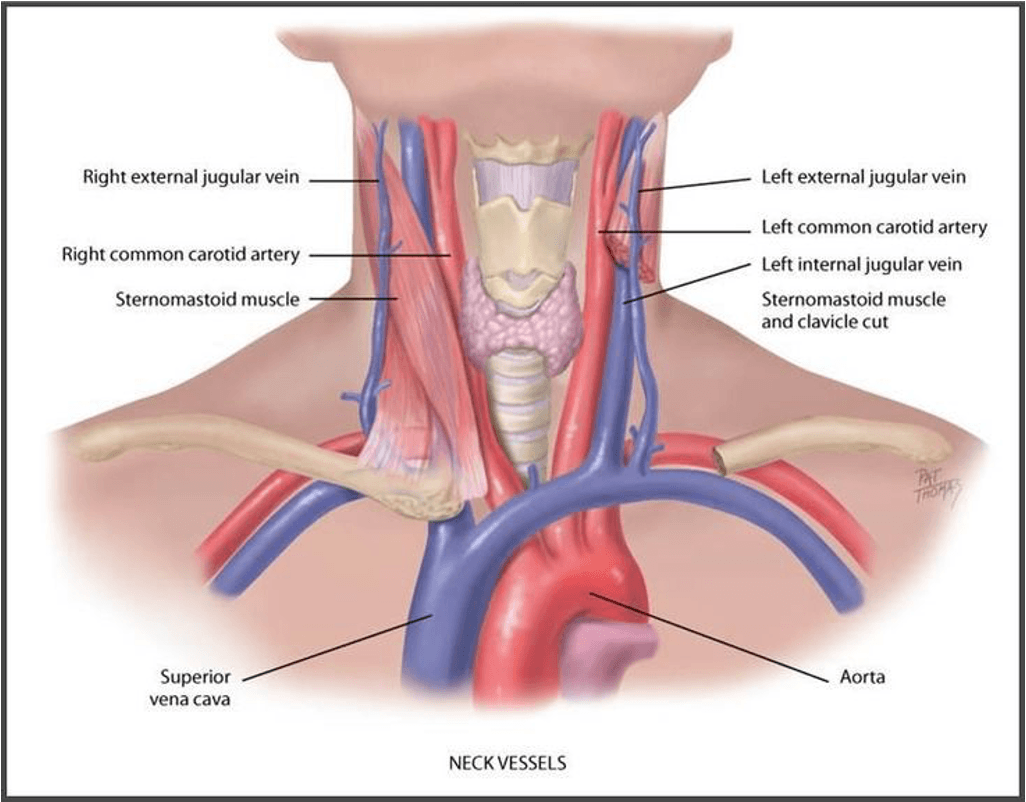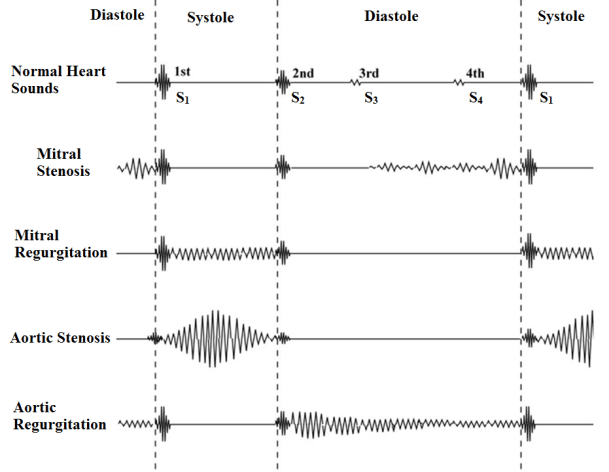Mature RBCs are efficient at conserving transported oxygen because they ________.
What is lacking mitochondria?
The pacemaker of the heart
What is the sinoatrial (SA) node?
Why is it called the pacemaker of the heart? What is the signal conduction pathway of the heart starting from the SA node?

The "lubb" and "dubb" sounds of the heart beat are due to ___________.
What is blood rushing into closed valves?
What condition can result if these valves malfunction?
The type of capillary consisting of wide endothelial gaps that allow for the passage of large molecules.
What are sinusoids?
Where can sinusoids be found in the body? What are some examples of larger molecules that can pass through these gaps? What are the other types of capillaries and their characteristics and locations in the body?
The effect of ACh on cardiac muscle.
What is an inhibitory effect/slowing down heart rate?
What type of stimulation would this be? What path will the signal have to travel to reach the heart? What receptor type is associated with this function?
The clinical significance of RBCs and hemoglobin (Hb)
What is determining the amount of O2 a person can carry?
What is the difference between hematocrit, RBC count, and Hb concentration? What factors can affect differences in these values between men and women?
Controls the opening and closing of the atrioventricular (AV) valves.
What are pressure gradients?
At what point are these valves open and at what point are they closed?
The cause of pulmonary edema vs. the cause of systemic edema.
What is right ventricular output exceeding left vs. left ventricular output exceeding right?
Why is this? What is an edema? What symptoms would they potentially cause?
Structure that veins rely heavily on to massage blood back up to the heart.
What is the skeletal muscle pump?
Why do veins rely on this muscle activity? What is another structure veins use to make sure blood gets back up to the heart?
Cardioistimulatory centers in the _______ receive input from ________.
What is the medulla oblongata; proprioceptors, baroreceptors, and chemoreceptors?
What are examples of where each of these receptors can be found? How can this statement be true if cardioinhibitory centers were used instead?
The main protein in blood plasma associated with viscosity and osmolarity and the protein buffer system.
What is albumin?
What are the other functions of albumin? What are the other main plasma proteins and their functions?
Oxygen-rich blood passes through the __________ valve(s).
What are the bicuspid and aortic valves?
What is another term for the bicuspid valve? What side of the heart are these valves on? What valves do oxygen-poor blood pass through, and what side of the heart are these on?
Factors affecting stroke volume (SV).
What are preload, contractility, and afterload?
What is SV? Can you give examples of each of the above factors?
The hepatic portal system pathway.
What are the gastric, splenic, superior and inferior mesenteric veins → hepatic portal vein → hepatic sinusoids → hepatic central veins → interlobular veins → hepatic veins → inferior vena cava (IVC)?
What is the main function of this pathway? Are there any exceptions to this function?
Two conditions that chemoreceptors in the aorta and carotid arteries can detect.
What are hypercapnia and hypoxemia?
What are each of these conditions characterized by? What respective neurons are stimulated to combat these conditions? What actions do these neurons stimulate in turn?
The three main clotting factors that convert fibrinogen in blood plasma to fibrin.
What are factors III, XII, and X?
Where are they secreted from, and what enzyme(s) do they activate? What factor is associated with fibrinolysis, and what enzyme(s) does it activate?
In a typical ECG the PR segment corresponds to ___________.

What is the delay between the SA and AV nodes?
What corresponds to the other waves/segments/complexes?
The phase of the cardiac cycle in which the ventricles are contracting but the blood has not been expelled yet.
What is isovolumetric contraction?
Why does this occur?
The movement of fluid during hydrostatic pressure vs. during oncotic pressure.
What is fluid moving from inside the capillaries to out vs. from outside the capillaries to in?
Which is positive pressure and which is negative? How do you know? What is the driving force for each pressure? Which is stronger at the arteriole end, and which is stronger at the venule end? What happens to fluid not reabsorbed by the capillaries?

β-adrenergic receptor activation in cardiomyocytes results in activation of ___________ and the stimulation/speeding up of ___________.
What are the cAMP pathway and depolarization?
The most active hemopoietic tissues in adults.
What are the thymus and bone marrow?
Which hemopoietic tissues are more active in childhood? Are there any instances where these may be reactivated?
The _________ provides most calcium needed for myocardial contraction.
What is extracellular fluid?
What structure on cardiomyocytes is responsible for delivering the calcium to the cardiac muscle cells?
The volume of blood added to the ventricles during atrial systole.
What is 40mL?
How much is added during atrial diastole? How much blood is in the ventricles right before contraction? How much blood is ejected? Is any blood left in the ventricles between cardiac cycles?
The three branches off the aortic arch
What are the brachiocephalic artery, the left common carotid, and the left subclavian artery?
What are the respective branches of these three branches? Where do these supply blood to?

The difference between inotropic and chronotropic effects on the heart.
What is contractility vs. heart rate?
What are some examples of each?
An expecting mother failed to receive adequate prenatal care throughout her pregnancy. She has many complications during childbirth, including an excessive loss of blood for both her and the baby. What is the most likely cause for this particular symptom?
What is a lack of vitamin K in the diet?
How can this be attributed to vitamin K? What organ is mainly responsible for vitamin K synthesis?
A 60-year-old woman goes to her family doctor with chronic fatigue, chest pain, and shortness of breath. Further examination shows calcification on one of the valves and a heart sound of varying intensity between S1 and S2 that is audible near the neck region. What is the most likely diagnosis?
What is aortic stenosis?
What is this condition characterized by? What area can this be heard from (APT M)? What two types of heart valve stenosis are there? What is the other major type of heart murmur we learned about, and what characterizes them? Be familiar with causes and diagnosis.

A man drove himself to the ER after accidentally nicking an artery while trying to cook dinner. By the time the man got to the ER, he had lost a lot of blood and was in a state of tachycardia. Why was he in a state of tachycardia?
What is compensation for decreased stroke volume?
Why has stroke volume been decreased in this scenario? What other factors can cause tachycardia?
Many developing countries lacking a consistent food supply have high rates of children diagnosed with kwashiorkor. The most common symptoms of this condition include delayed growth in children, a swollen belly, and frequent infections. What is this swelling most likely caused by, and what would be the proper term for it?
What is protein deficiency, and what is edema?
How can protein deficiency lead to edema? How can this condition be treated?
A man goes to his general practitioner for his yearly physical, and while taking his vitals the nurse notices he has alarmingly elevated blood pressure. Further testing shows that this has been prolonged to the point where he is showing early signs of congestive heart failure. What hormone can you expect to be circulating in low concentrations in the blood?
What is atrial natriuretic peptide (ANP)?
What is ANP secreted in response to? What are the three effects it has on the body/organs? What is its ultimate function?